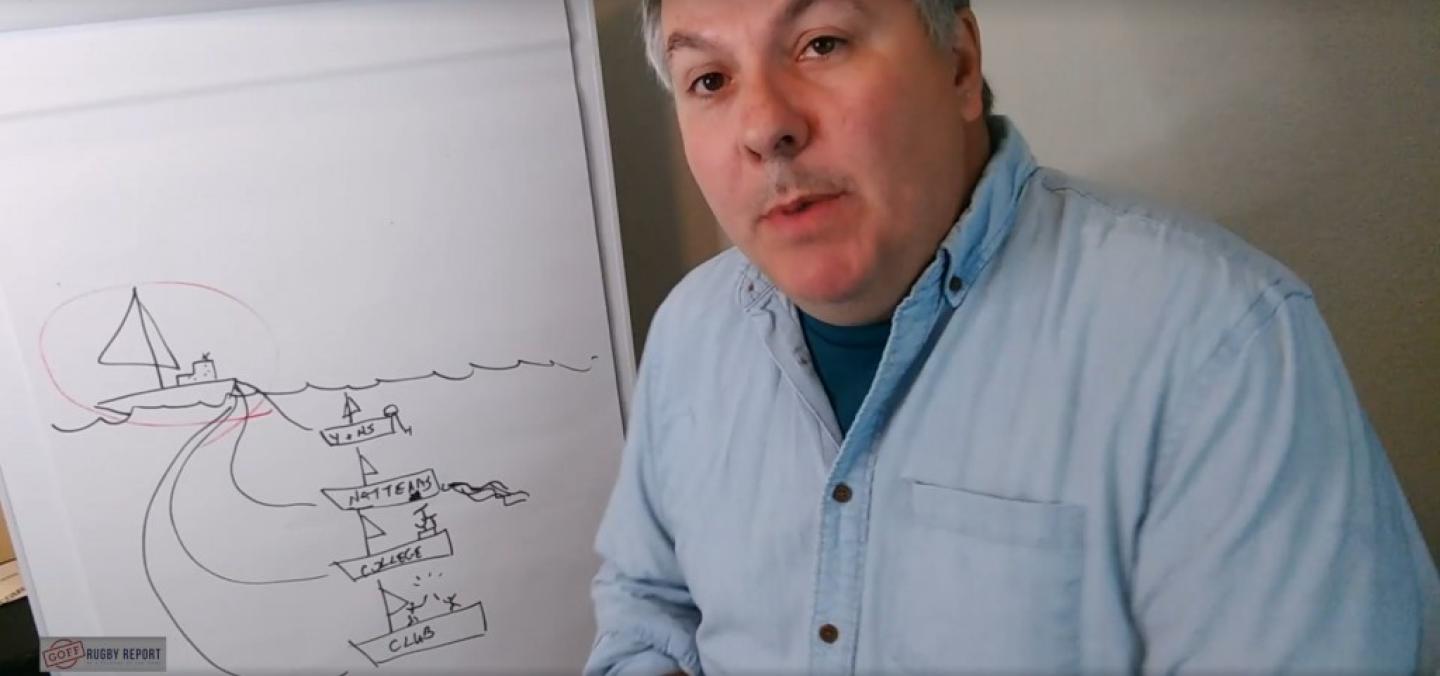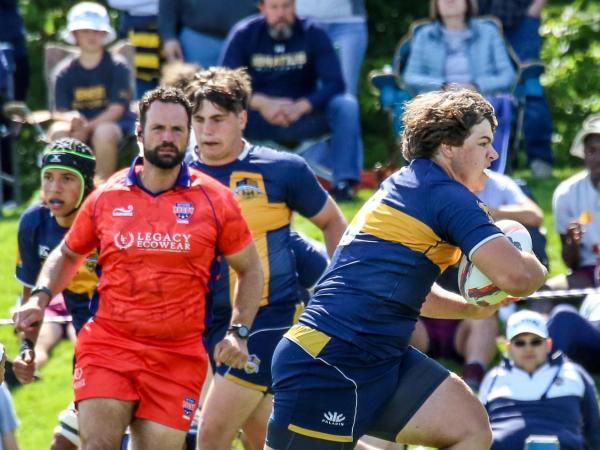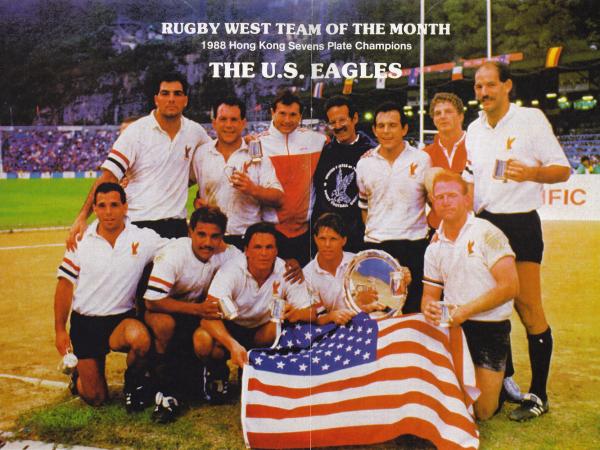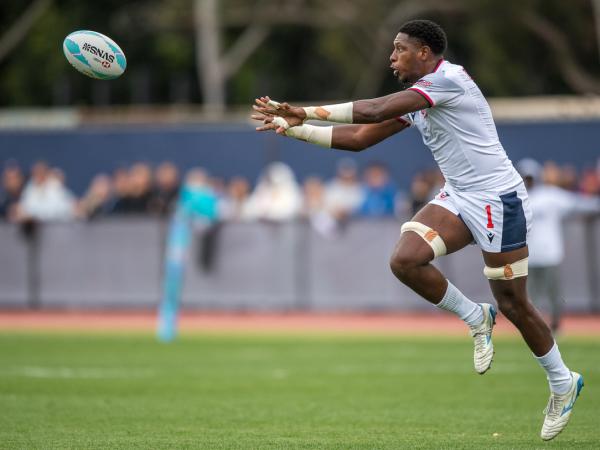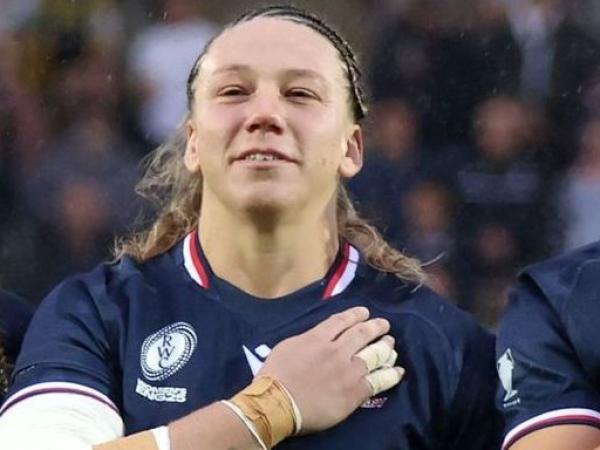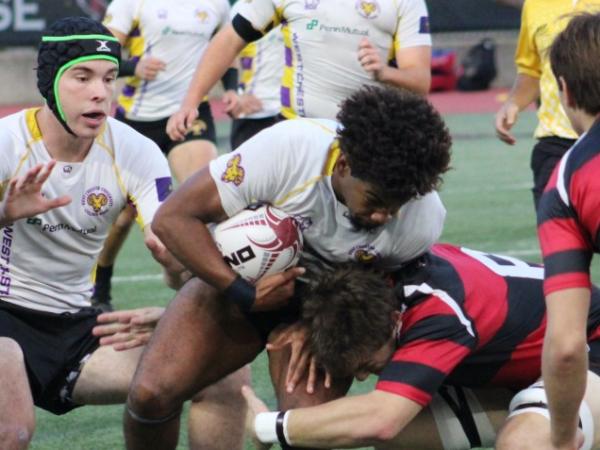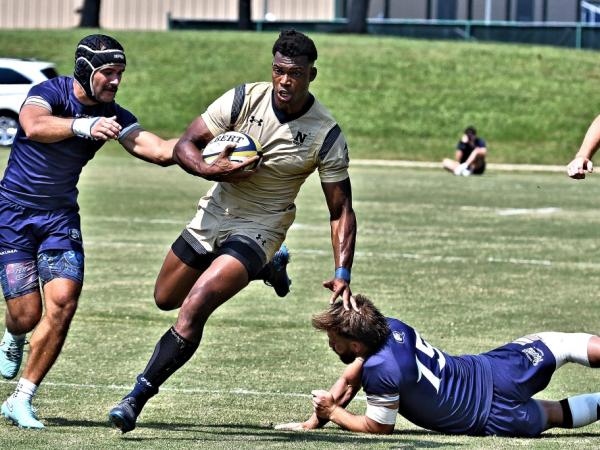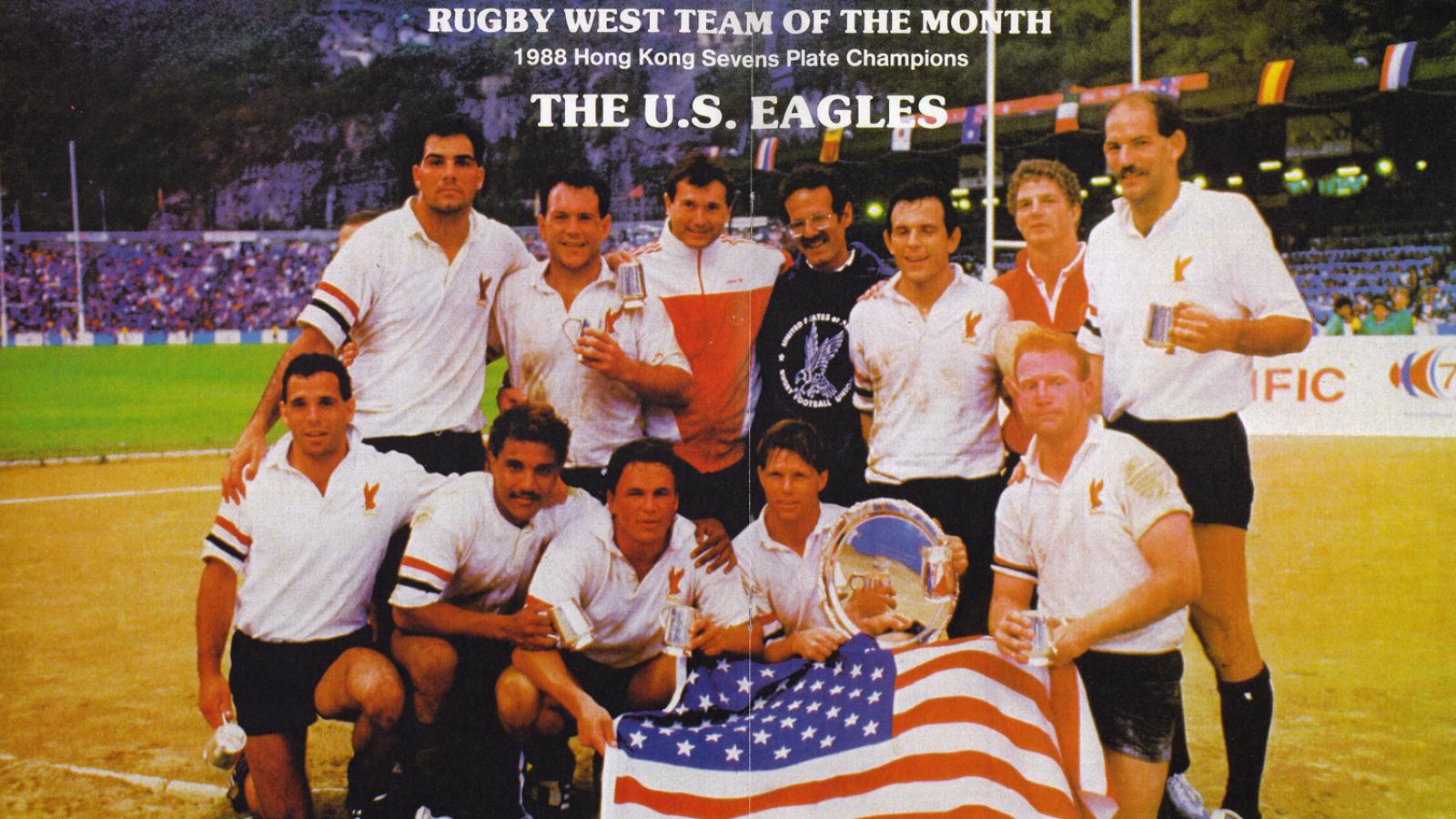Haven't checked in on the USA Rugby bankruptcy and reorganization in a while ... well here are some things to think about:
1. There’s Another Deadline Coming Soon
Various groups within the game are working on plans to operate most of their day-to-day tasks. Within a week or so they will have to submit their plan going forward. The clubs are expected to rely on the Geographic Union system to run leagues and handle disciplinary issues and playoffs. The collegiate game needs to work fast, because there are several groups working on running the college game. That’s not a huge problem as long as in the end there’s a committee of some sort that works with USA Rugby’s national office. And there is work afoot to oversee the high school and youth game with a non-profit American Youth Rugby Organization.
One thing we’re hearing is the idea of this: Getting on the field and setting things up so players get to play in a meaningful and safe way. That means liability insurance, injury insurance coverage, rules around how the games should be set up and played, and worry about other stuff later.
2. How Much In Dues Goes To USAR National Office?
Club players pay $50 a year, college $35, Youth $25, and Rookie Rugby $5. Those numbers may very well not change. It’s just a case of how much is sent to the national office. Before USA Rugby pursuing a reorganization, that number was 100%. Now how much?
Well there’s a good chance USA Rugby will try to offer insurance, but one in which you pay additionally to use. So NSCRO members might have their own insurance and won’t need to pay what could be as much as $15 per person for insurance. NSCRO and AYHSRO are expected to handle insurance themselves.
How much would it cost to maintain a smaller but still effective national office? We’ve heard $500,000, we’ve heard $1 million, we’ve heard $1.4 million. At $1.4 million you’d be looking at $12-$13 per member. So maybe we’re looking at something like that: Somewhere between $10 and $15 per rugby player goes to the national office to support its existence and maybe pay for a few national team-related things. Insurance would be extra.
3. National Teams Need To Establish A Sustainable Plan ...
to fund themselves going forward. The COVID-19 shutdown has hurt many national governing bodies as well as the USOPC, but expect the Olympic Committee to support the sevens teams for a significant amount. Expect the Golden Eagles to step up. World Rugby has grants in place, and in fact if Augustin Pichot gets his way and is named World Rugby Chairman, we might see more money sent to Tier 2 nations to bolster their high performance efforts. As we also said, you might see a small amount of membership money go that way if only to give members a feeling of ownership.
World Rugby Elections: Pichot Makes A Move
The rest has to be made up for in events income (which you know we’ve said has been hard to attain), merchandise (not one of USA Rugby and USA Rugby Partners’ strong suits), and sponsorship. That’s the huge variable.
4. Will Chapter 11 Stick?
Remember, while officially USA Rugby owes $45 million, $40 million is from a lawsuit that will undoubtedly be settled for far less (United World Sports never reported a profit from the USA 7s events, so how could they then say that losing the event cost them $40 million?), and only $467,000 or so is secured debt (meaning debt that would force liquidation of assets to pay off). The largest actual creditor is World Rugby, which has a vested interest in seeing USA Rugby survive.
5. Explaining Golden Eagles Help
There was some pushback on our comments about the Golden Eagles and it’s likely on us that some of our statements were not interpreted the way we’d like them to be. Simply put: the Golden Eagles have every right to donate to the national teams, and have done a lot of good work for players, but the mere presence of the Golden Eagles as a safety net has allowed those who dropped the revenue ball in USA Rugby to skate on responsibility.
The USA Rugby Reorg: What's At Issue And Why You Should Care
In addition, the Golden Eagles’ willingness to open their checkbooks made spending in the national teams less of an ongoing issue because there was this assumption that they’d always be there to help out. And then suddenly there’s an overspend and an under-fundraise and we’re in bankruptcy court.
And finally, every dollar that goes to shore up a problem in a national team is a dollar not going somewhere else. And if membership dues or sponsorship funds were used instead for that "somewhere else" then that's how Golden Eagles funding can smooth over problems.
6. Explaining World Rugby Help
World Rugby, we have also pointed out, is partly to blame for problems even as the organization has spent money to rescue USA Rugby on several occasions. By also bringing in consultants and experts and coaches and executives over the past 15 years or so to fix our problems, they’ve often made those problems worse, or just made it so we’re reinventing the wheel. (How often do we need someone to come to the United States to tell us that a) the country is really big, b) non-NFL football players are the kinds of athletes we should recruit to rugby, c) we need to grow the youth game and the pro game—OK Mr. Expert, thanks.)
How World Rugby Is Complicit In USA Rugby's Problems
Eagles coaches have been told to hire specific assistants, at times. What’s that about?
So if Pichot, who has served on the USA Rugby Board, really means it about making rugby around the world more fair, some of this backroom string-pulling has to stop.
7. American Rugby Is Pretty Good At Some Stuff
The sevens teams are really good (all domestic-developed players by the way); the youth game is finding itself in a bit of a resurgence, and the game is becoming more diverse. We’re starting to see more young coaches get into the game, and that’s critical. The reorganization of USA Rugby will help grow the game because it will, we hope, take some of the impediments endemic to a distracted bureaucracy away.
8. Gaps In The System
High Performance high school teams are in a bit of a limbo, as the first job of AYHSRO is to get regular local teams on the field and playing. Eventually, though, we might see a subsidiary group in charge of all-star competition. And really they should be getting some of that World Rugby HP money.
The same could be said for the club and college game, and we’re starting to hear calls for the return of the old ITTs (or NASC) regional all-star competition. Basically it comes down to this: USA Rugby created a whole bunch of national championships to help justify its dues structure, but there are several of those championships that, in the interests of saving everyone money and time, could either go away, regionalize, or morph into an invitational format.





